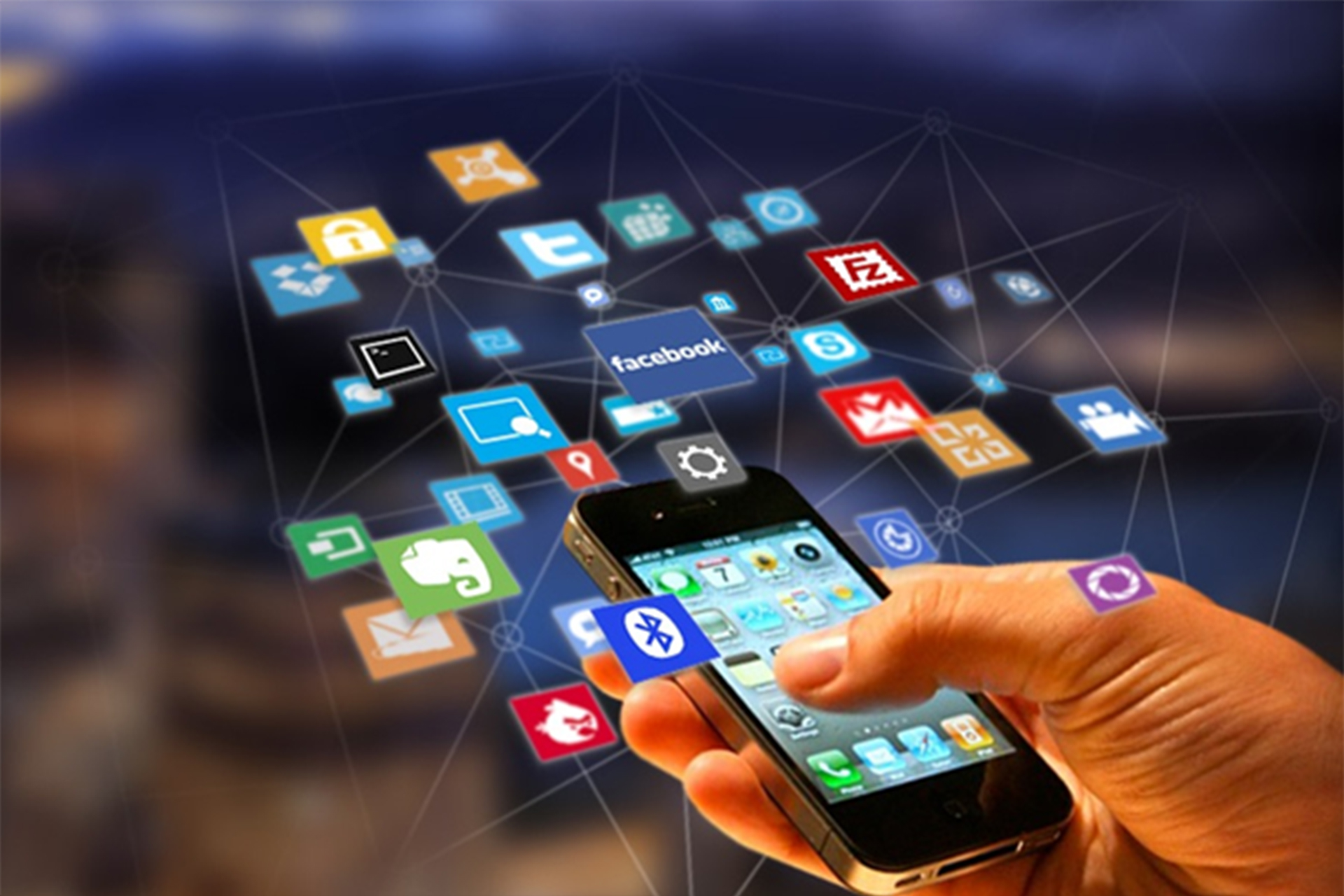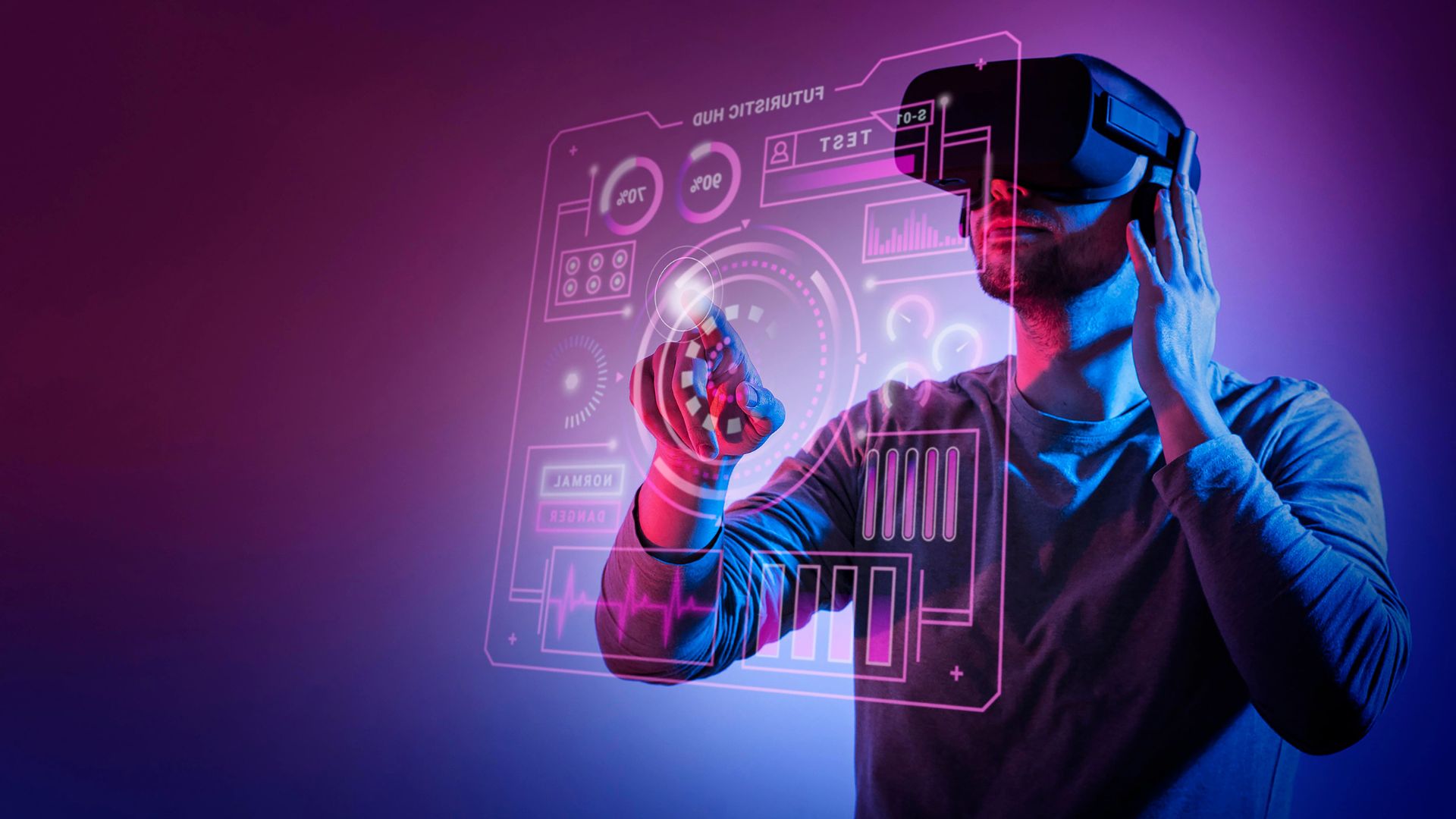Introduction
In today’s fast-paced business environment, mobility solutions have become a cornerstone of productivity enhancement. These solutions encompass a range of technologies that allow employees to work efficiently from anywhere, ensuring continuous access to critical business data and applications. By leveraging mobility solutions, businesses can streamline operations, improve communication, and maintain a competitive edge.
Understanding Mobility Solutions
Mobile Devices and Apps
Mobile devices such as smartphones, tablets, and laptops are fundamental to mobility solutions. Coupled with specialized applications, they enable employees to perform their duties remotely, facilitating seamless workflow and communication.
Cloud Services
Cloud services play a crucial role in mobility solutions by providing scalable and secure access to data and applications. They eliminate the need for physical storage and enable real-time collaboration across different locations.
Enterprise Mobility Management (EMM)
EMM solutions manage the deployment, security, and integration of mobile devices and applications in a business environment. They ensure that all devices comply with the organization’s security policies and provide tools for monitoring and management.
Mobile Security Solutions
Mobile security solutions protect devices and data from cyber threats. These include encryption, secure access protocols, and threat detection systems, ensuring that sensitive business information remains secure.
Benefits of Mobility Solutions
Increased Employee Productivity
Mobility solutions empower employees to work from any location, enhancing flexibility and productivity. They can access necessary resources, communicate with colleagues, and complete tasks without being confined to a physical office.
Enhanced Collaboration
By facilitating real-time communication and collaboration, mobility solutions help teams work together more effectively. Tools such as instant messaging, video conferencing, and collaborative platforms break down geographical barriers.
Real-time Data Access
With mobility solutions, employees can access up-to-date information at any time, allowing for informed decision-making and timely responses to business needs.
Improved Customer Service
Mobile solutions enable employees to respond to customer inquiries and issues promptly, improving overall customer satisfaction and loyalty.
Cost Efficiency
By reducing the need for physical infrastructure and enabling remote work, mobility solutions can lead to significant cost savings in terms of office space, equipment, and utilities.
Types of Mobility Solutions
Device-based Solutions
These solutions focus on the management and security of mobile devices. They include mobile device management (MDM) systems that oversee the use and security of smartphones, tablets, and laptops.
Application-based Solutions
Application-based solutions manage and secure the apps used within an organization. Mobile application management (MAM) ensures that business applications are secure and accessible only to authorized users.
Network-based Solutions
Network-based solutions optimize and secure the network connections used by mobile devices. This includes virtual private networks (VPNs) and mobile network optimization tools.
Key Mobility Solutions for Businesses
Mobile Device Management (MDM)
MDM solutions provide tools for managing and securing mobile devices within an organization. They enable IT departments to enforce security policies, monitor device usage, and ensure compliance with regulatory requirements.
Mobile Application Management (MAM)
MAM solutions focus on the deployment and management of mobile applications. They ensure that apps are secure, up-to-date, and accessible only to authorized users.
Mobile Content Management (MCM)
MCM solutions manage the distribution and security of content accessed via mobile devices. They provide secure access to documents, media, and other business-critical information.
Unified Endpoint Management (UEM)
UEM solutions integrate the management of mobile devices, desktops, and other endpoints into a single platform. This holistic approach simplifies management and enhances security across all devices.
Industry-specific Mobility Solutions
Healthcare
In the healthcare industry, mobility solutions enhance patient care by providing healthcare professionals with instant access to patient records, enabling telemedicine, and improving communication among staff.
Retail
Retail businesses use mobility solutions to streamline operations, manage inventory, and enhance customer experiences through mobile point-of-sale (POS) systems and personalized marketing.
Manufacturing
In manufacturing, mobility solutions improve operational efficiency by providing real-time access to production data, enabling remote monitoring of equipment, and enhancing supply chain management.
Finance
The finance industry leverages mobility solutions for secure mobile banking, investment management, and real-time financial data access, enhancing customer service and operational efficiency.
Education
Educational institutions use mobility solutions to support e-learning, improve communication between teachers and students, and provide access to educational resources from anywhere.
Implementing Mobility Solutions
Assessing Business Needs
Before implementing mobility solutions, businesses must assess their specific needs and challenges. This involves understanding the workflow, identifying critical tasks, and determining the necessary tools and technologies.
Selecting the Right Solutions
Choosing the appropriate mobility solutions requires careful evaluation of available options. Businesses should consider factors such as compatibility, scalability, security features, and cost.
Planning and Strategy
A well-defined implementation strategy is crucial for successful deployment. This includes setting clear objectives, allocating resources, and establishing timelines.
Deployment and Integration
The deployment phase involves installing and configuring the chosen mobility solutions. Integration with existing systems and processes is essential to ensure seamless operation.
Training and Support
Providing adequate training and support to employees is vital for the successful adoption of mobility solutions. This helps ensure that users are comfortable with the new tools and can leverage them effectively.
Challenges in Mobility Solutions
Security Concerns
Security is a major challenge in mobility solutions. Protecting sensitive business data on mobile devices requires robust security measures, including encryption, secure access controls, and regular updates.
Compatibility Issues
Ensuring compatibility between different devices, operating systems, and applications can be challenging. Businesses must choose solutions that are compatible with their existing infrastructure.
Data Privacy
Protecting user data and maintaining privacy is critical. Mobility solutions must comply with data protection regulations and ensure that personal information is secure.
User Adoption
Encouraging employees to adopt new mobility solutions can be difficult. Providing comprehensive training and highlighting the benefits can help improve user adoption rates.
Cost Management
Implementing and maintaining mobility solutions can be expensive. Businesses must carefully manage costs and ensure that they get a good return on investment.
Latest Innovations in Mobility Solutions
5G Technology
5G technology offers faster data speeds, lower latency, and improved connectivity, enabling more efficient and reliable mobile communications.
Internet of Things (IoT)
IoT integrates devices and systems, enabling real-time data exchange and automation. This enhances operational efficiency and enables new business models.
Artificial Intelligence (AI) and Machine Learning (ML)
AI and ML can enhance mobility solutions by providing predictive analytics, automating tasks, and improving decision-making processes.
Augmented Reality (AR) and Virtual Reality (VR)
AR and VR technologies offer immersive experiences and can be used for training, remote assistance, and enhanced customer interactions.
Blockchain
Blockchain technology provides secure and transparent transactions, which can enhance data security and trust in mobile applications.
Future Trends in Mobility Solutions
Increased Automation
Automation will play a larger role in mobility solutions, reducing the need for manual intervention and improving efficiency.
Edge Computing
Edge computing processes data closer to the source, reducing latency and improving real-time data analysis and decision-making.
Advanced Security Measures
As cyber threats evolve, mobility solutions will incorporate advanced security measures such as biometric authentication and AI-driven threat detection.
Personalized User Experiences
Future mobility solutions will offer more personalized experiences, tailored to individual user preferences and behaviors.
Integration with Wearable Technology
Wearable technology, such as smartwatches and fitness trackers, will become more integrated with mobility solutions, providing additional data and enhancing functionality.
Case Studies
Success Stories from Various Industries
- Healthcare: A hospital implemented a mobile solution for patient record access, reducing administrative time and improving patient care.
- Retail: A retail chain used mobile POS systems to





